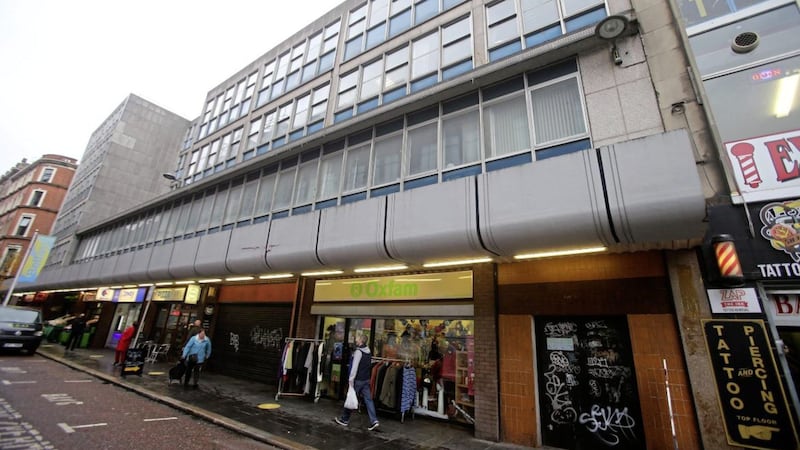THE unemployment rate in Northern Ireland has fallen to its lowest level for nine years according to the latest government figures.
The Labour Force Survey has revealed the unemployment rate for the period May to July was 5.3 per cent, down 0.1 per cent on the last quarter and 0.2 per cent over the year. The latest unemployment figure is the lowest since October 2008, but remains above the UK average of 4.3 per cent.
This positivity is offset by a fall in the number of those in employment and an increase in people who economically inactive.
There was a decrease of 0.5 per cent in the employment rate (68.2 per cent) over the quarter and 1.3 per cent over the year. The economic inactivity rate increased over the quarter and the year to 27.8 per cent.
The number of people claiming unemployment related benefits stood at 29,800 (3.3 per cent of the workforce) in August, representing a decrease of 200 from the previous month’s figure, while redundancies have also fallen.
The latest figures further show that private sector jobs are now at an all-time high, having increased over both the quarter (0.5 per cent) and the year (2 per cent). Public sector jobs meanwhile, now stand at 11 per cent below the peak levels in 2009.
The total number of employee jobs increased over the quarter and over the year to 749,740, with increases across all four sectors - the services sector accounting for the majority (61 per cent ) of the growth.
Construction employment rose by over 7 per cent taking the number of jobs to a six-year high, while Northern Ireland’s manufacturing employment hit a nine-year high in the last quarter.
Production output however fell sharply in the north over the quarter (3.6 per cent) and the year (2.2 per cent).
Ulster Bank chief economist Richard Ramsey said the latest survey showed the local jobs market remains "buoyant", with the private sector notching up its twelfth consecutive quarter of employment gains. That said, he admits that challenges still remain.
"Northern Ireland’s inactivity rate in the three months to July (27.8 per cent) hit its highest rate since the third quarter of 2015. Meanwhile, the continued decline in the unemployment claimant count is occurring alongside rising take-up of the Employment Support Allowance (ESA). The latter’s upward trend is worrying. It would appear that individuals are simply leaving one benefit register to another.
"Looking ahead, the squeeze in living standards (from high rates of inflation) is set to continue into 2018. While there appears to be some relaxation of the public sector pay caps, for most individuals, inflation will still outpace wage growth. Consumer sensitive sectors which have been generating a lot of employment growth in recent years are vulnerable," he added.
In the UK the overall number of people in work has risen to an all-time high level, climbing by 181,000 to 32.13 million between May and July. The employment rate rose to a record high of 75.3 per cent on the quarter, while unemployment is now at its lowest level since 1975.



